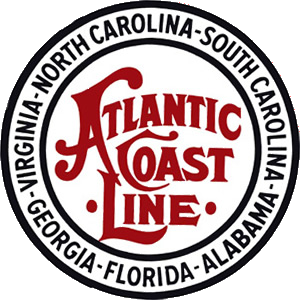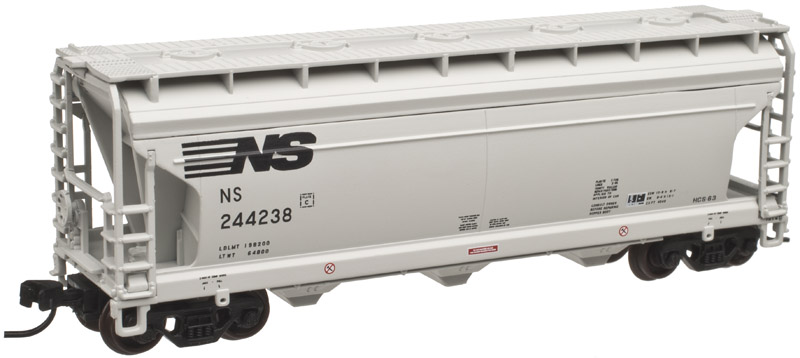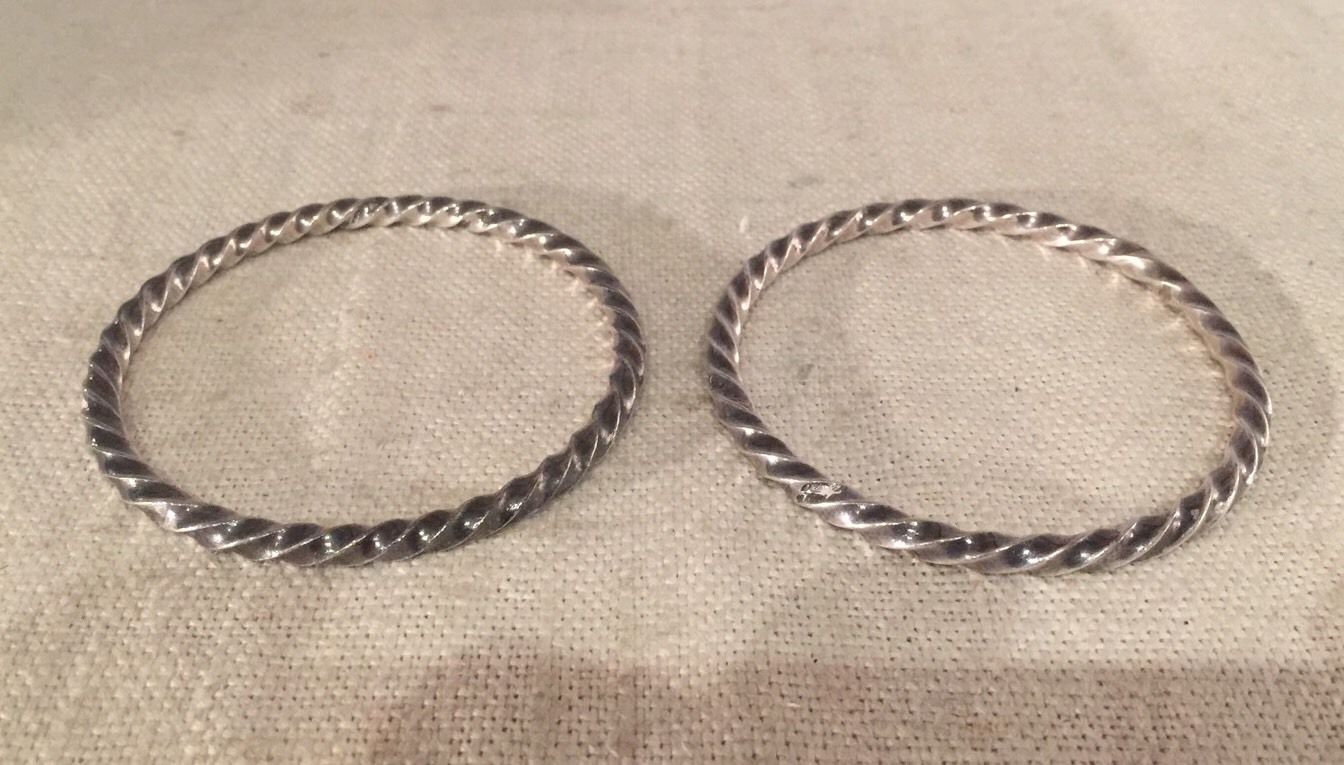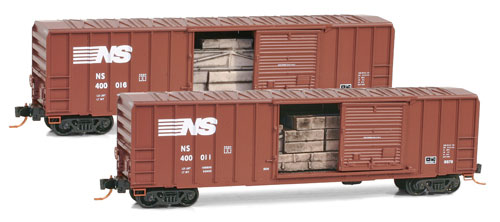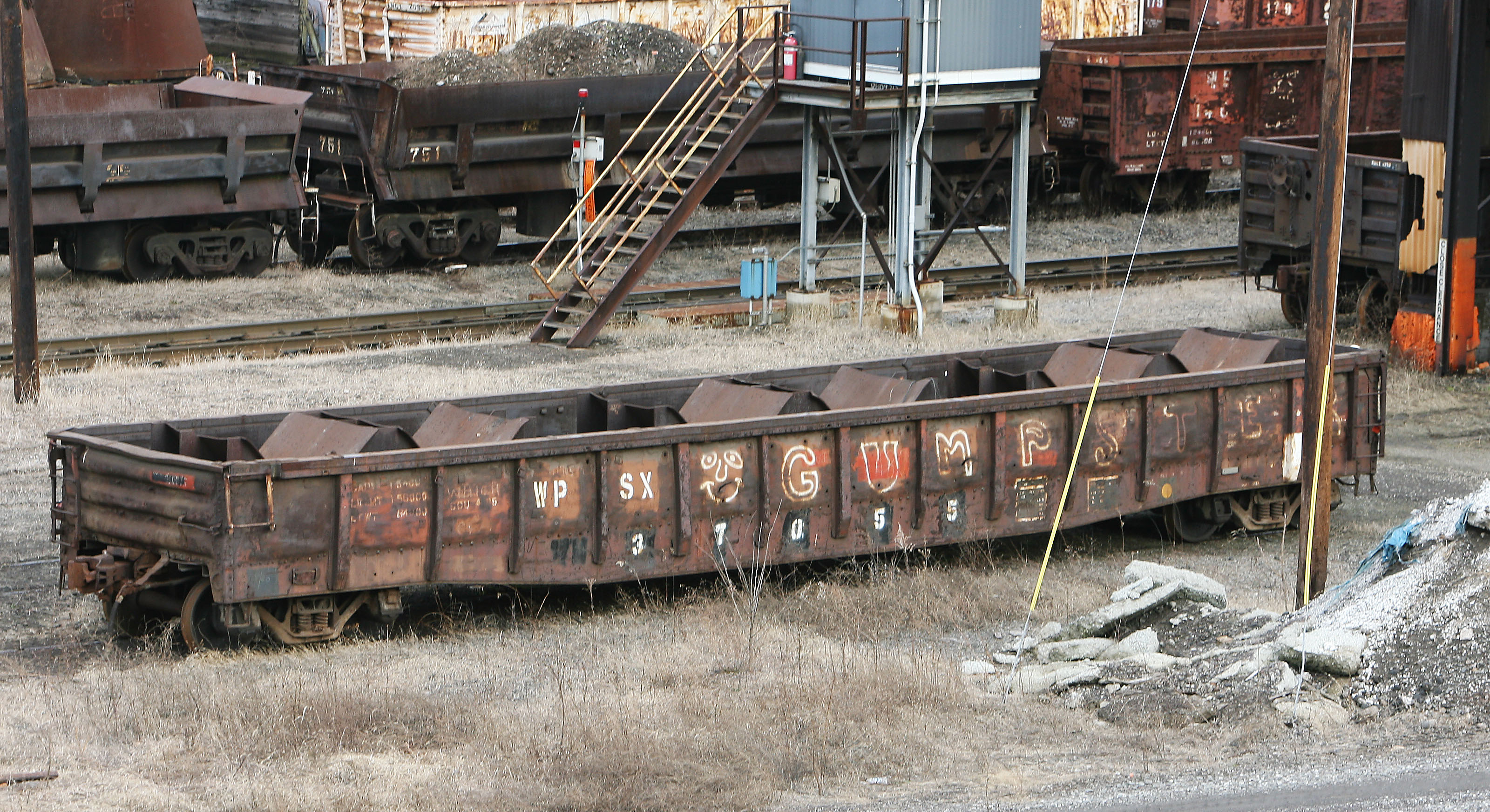Model Information: This model was first announced in 2010, with batch A available in October 2010, and batch B in August 2011. The second release was announced in January of 2015 and made available in late June of 2016.
From the rail up, these N Scale models were engineered to capture the scale fidelity of the prototype. Featuring extremely fine molding, separately applied brake rigging, an etched-metal brake platform and more! Plus, these cars ride on BLMA's NEW 70-Ton Friction Bearing trucks with 33" Metal Wheels featuring a front AND backside wheel profile. If that wasn't enough, check-out the ride height on this model... Just like the prototype!
Features: Ready-To-Run, Injection-Molded Plastic, Fine-Scale Detail, Separate Brake Detail, Chemically Etched Brake Platform, Accurately Painted/Printed, Prototypical Ride Height,BLMA 70-Ton ASF Friction Bearing Trucks, BLMA 33" Scale Profile Metal Wheels, Body-Mounted Brown Knuckle Couplers
From the rail up, these N Scale models were engineered to capture the scale fidelity of the prototype. Featuring extremely fine molding, separately applied brake rigging, an etched-metal brake platform and more! Plus, these cars ride on BLMA's NEW 70-Ton Friction Bearing trucks with 33" Metal Wheels featuring a front AND backside wheel profile. If that wasn't enough, check-out the ride height on this model... Just like the prototype!
Features: Ready-To-Run, Injection-Molded Plastic, Fine-Scale Detail, Separate Brake Detail, Chemically Etched Brake Platform, Accurately Painted/Printed, Prototypical Ride Height,BLMA 70-Ton ASF Friction Bearing Trucks, BLMA 33" Scale Profile Metal Wheels, Body-Mounted Brown Knuckle Couplers
Prototype History: The 52-6 welded 70-ton drop-end gond4ola car as produced by ACF was first produced in 1948 for Pennsylvania Railroad as class G31, PRR alone purchased 11,600 welded cars of this body style in the G31/G31A/G31B/G35, serving the “Standard Railroad of the World” in every corner of North America in many customer applications. Besides PRR, several other railroads also purchased these gondolas from ACF, and some former PRR cars were purchased second-hand by various railroads. Most of these gondolas were phased from revenue service during the 1990s.
Road Name History: ACL’s roots go back to the Petersburg Railroad in 1830. By the 1870s, their successors and some affiliated lines began using Atlantic Coast Line as a nickname and through a number of consolidations Atlantic Coast Line became the official name by 1900.
Atlantic Coast Line funneled traffic from northern Virginia (and its connections to the northeastern trunk lines via the RF&P) down through the Carolinas, Georgia and into Florida as far as Naples on the Gulf Coast. Acquisitions after the war added routes from Columbia and Spartanburg, South Carolina to the coast and lines linking Atlanta, Birmingham and Montgomery to southern Georgia and Florida.
At that point, the Atlantic Coast Line boasted 5,743 miles of railroad, 629 locomotives, 361 passenger cars, and 31,284 freight cars. To put that into perspective for you western guys, that's four times the size of Western Pacific.
ACL was the premier route for New York to Florida passenger traffic. The ACL's "Champion" left New York on the Pennsy, was handed off to the RF&P from Washington to Richmond, ran on the ACL to Jacksonville, FL and was then handed off to Florida East Coast for the ride to Miami. The "West Coast Champion" skipped the FEC as ACL went all the way to Tampa on Florida's Gulf Coast on its own rails. ACL also forwarded some Chicago to Florida trains via connections. Much of the system was relatively flat, allowing ACL to use 4-6-2’s in fast freight service (one of the few railroads to do this.)
ACL is best known for its purple and silver diesels. This scheme was used on freight, passenger, and switcher power until 1957. By that time, it became clear that these colors were difficult to maintain, so the ACL switched to racing stallion black with yellow “tack.” The Atlantic Coast Line merged with the Seaboard Air Line Railroad in 1967 to form the Seaboard Coast Line.
At that point, the Atlantic Coast Line boasted 5,743 miles of railroad, 629 locomotives, 361 passenger cars, and 31,284 freight cars. To put that into perspective for you western guys, that's four times the size of Western Pacific.
ACL was the premier route for New York to Florida passenger traffic. The ACL's "Champion" left New York on the Pennsy, was handed off to the RF&P from Washington to Richmond, ran on the ACL to Jacksonville, FL and was then handed off to Florida East Coast for the ride to Miami. The "West Coast Champion" skipped the FEC as ACL went all the way to Tampa on Florida's Gulf Coast on its own rails. ACL also forwarded some Chicago to Florida trains via connections. Much of the system was relatively flat, allowing ACL to use 4-6-2’s in fast freight service (one of the few railroads to do this.)
ACL is best known for its purple and silver diesels. This scheme was used on freight, passenger, and switcher power until 1957. By that time, it became clear that these colors were difficult to maintain, so the ACL switched to racing stallion black with yellow “tack.” The Atlantic Coast Line merged with the Seaboard Air Line Railroad in 1967 to form the Seaboard Coast Line.
Brand/Importer Information: BLMA Models was founded in July of 2000 to bring Z, N, and HO Scale products of superior quality and originality to the model train community. At BLMA Models, we understand that quality and accuracy count in producing realistic scale models. Our passion revolves around accuracy, diversity, innovation and satisfaction to prototype model railroaders by providing exceptional products and service that goes beyond your expectations.
BLMA was acquired by Atlas Model Railroad in January of 2016.
BLMA was acquired by Atlas Model Railroad in January of 2016.
Item created by: gdm on 2017-03-10 14:22:15. Last edited by CNW400 on 2020-06-29 09:53:10
If you see errors or missing data in this entry, please feel free to log in and edit it. Anyone with a Gmail account can log in instantly.
If you see errors or missing data in this entry, please feel free to log in and edit it. Anyone with a Gmail account can log in instantly.




